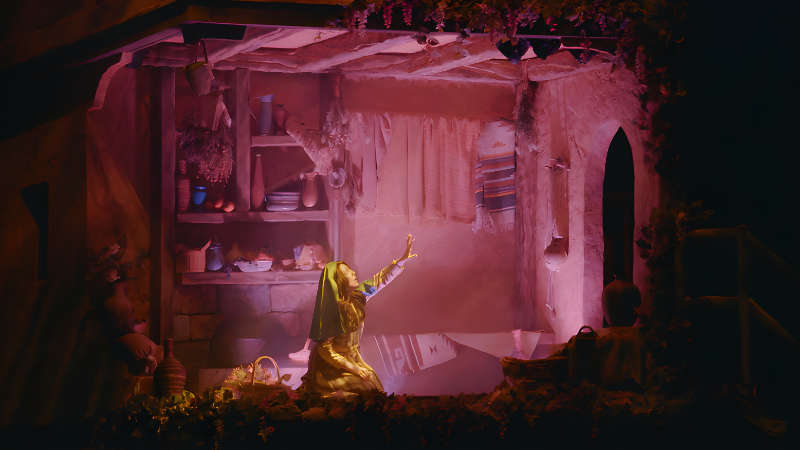This term refers, on the one hand, to carved and cast images related to idolatry, and which the law strictly prohibited to the Israelites. In Acts. 19:23 ff. The popular belief is mentioned that the image of Diana kept in the temple of Ephesus had come from Jupiter himself.
But the term "image" has other very important uses. For example, God said, when creating man: “Let us make man in our image, according to our likeness; and have dominion...And God created man in his image, in the image of God he created him »(Gen. 1:26, 27; 5:1; 9:6).
The term used here for image is "tselem", which is also used of idolatrous cult images and the great image of Dn. 2. Despite the fall, man continues to bear the image of God. When speaking of the man as the head of the woman, it is declared that he should not cover his head, since "he is the image and glory of God" (1 Cor. 11:7;
James makes a general statement: "men... are made in the likeness of God" (James 3:9). To what extent man is the image and likeness of God after the Fall can be illustrated with an analogy. It is evident that an image is a representation.
When the Lord was shown a denarius when asked about the tribute (Mt. 22: 15-22), he asked: "Whose image is it...?" The answer was: "Caesar's." Maybe the image was not done well. It may have been worn and dented, as coins often are.
However, this did not affect the fact that it was the image of Caesar. It was his representation, and no one else's. Thus, man, as the head of created beings in relation to the earth, is the image of God: he was given dominion over every living being that moves on the earth, in the sea, and in the air. Naturally, this should be in subjection to God.
The similarity goes further. In man there is a moral and mental resemblance to God. He not only represents God on earth, but, although limited in time and space, and being created, he can, through his likeness to God, come to have a personal relationship with God.
Man is a dented and dirty image of God, having fallen into sin, and he has no more possibility of this relationship than that provided by the grace of God through the death of Christ. This work of God's grace, when applied to the heart of man through faith, regenerates him spiritually and leads him to a new life.
The fall also enters into the image concept. Adam sinned, and died spiritually. In relation to God, we inherited this condition from Adam, and by nature we are dead in trespasses and sins. The fact of our mortal condition because of the sin inherited from Adam, Paul attributes to the fact that “we have borne the image of the earthly (Adam)” (1 Cor. 15:49).
In the same verse he announces, however, that we believers, who have now received the image of Christ, to which we are being conformed in our lives, "will also bear the image of the heavenly (man)" in our own glorified bodies. .
Christ is the true image of God. It is in Him, God the Son who became man, that is found in a perfect and complete way "the image of the invisible God... for in Him dwells bodily all the fullness of the Godhead" (Col. 1:15; 2 :9).
Meaning of IMAGE
This term refers, on the one hand, to carved and cast images related to idolatry, and which the law strictly prohibited to the Israelites. In Acts. 19:23 ff.







